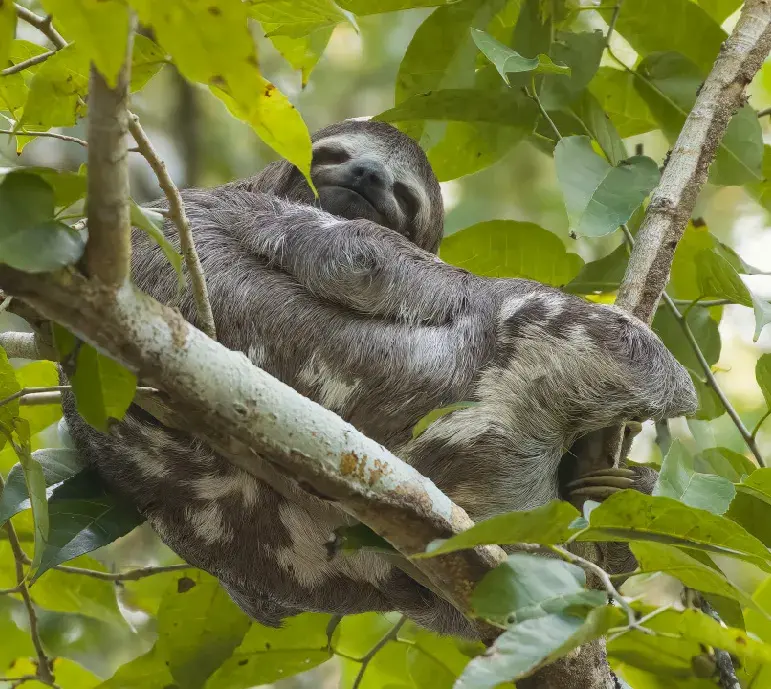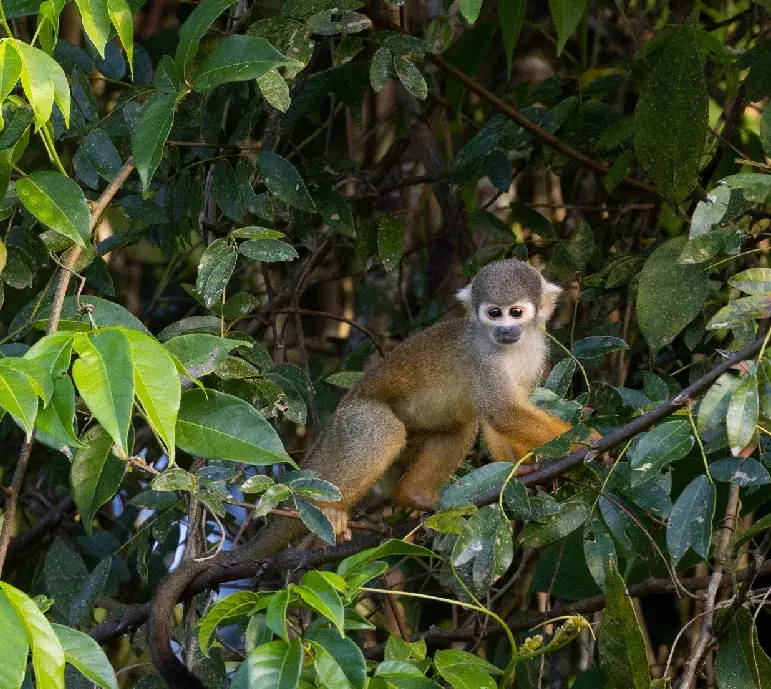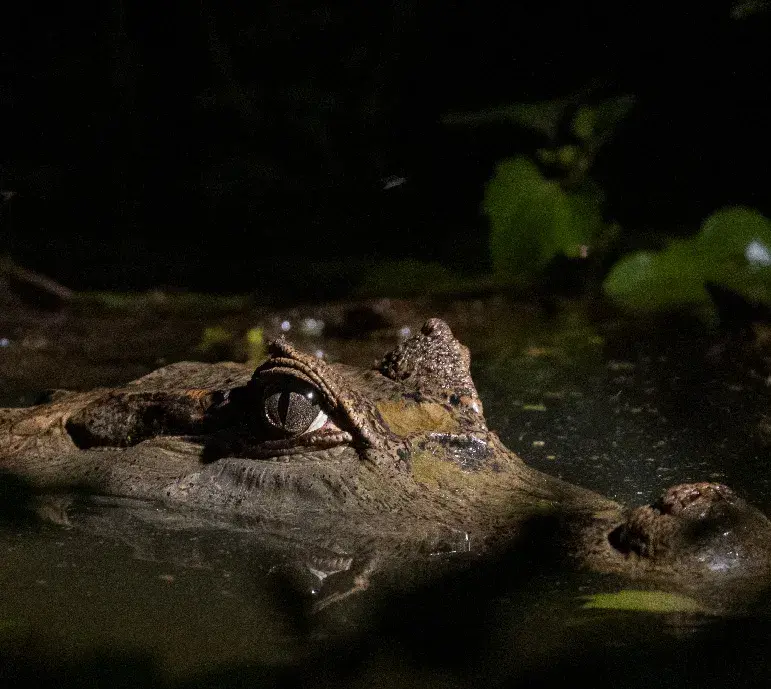Exotic Flavors of Puerto Maldonado’s Gastronomy
Located in southeastern Peru, Puerto Maldonado is the capital of the Madre de Dios region. This Amazonian city is characterized by its exuberant nature and the convergence of different indigenous cultures.

Culinary Traditions
The cuisine of Puerto Maldonado is as diverse as its people. It reflects the culinary traditions of native tribes such as the Ese Ejas, Matsiguenkas, Yines and Mashco Piro, as well as the heritage of Andean and riverine settlers from other regions.
Main ingredients
The main ingredients come from the surrounding tropical rivers and jungle. Amazonian fish stand out, such as paiche, doncella and zúngaro, complemented by peccary meat like sajino and huangana. Green bananas or “plátanos macho” are the quintessential side dish.
Other important elements are palms and their fruits. Palm hearts, coconuts, aguaje, ungurahui, huasaí and shebón are consumed. Larvae of rhinoceros beetles from pona and yarina palms are considered local delicacies.
Amazonian peppers provide the distinctive spice to jungle food. Notables include the charapita pepper, rocoto, ají limo and black ají. They are used in sauces like uchucuta, umisha and awajun.
Typical dishes
Typical regional dishes include timbuche, a thick soup made of mashed green bananas; tacacho con cecina, fried green banana balls with salted meat; and juane, rice wrapped in bijao leaves.
The gastronomy of Puerto Maldonado combines exotic ingredients with ancestral techniques. It reflects the cultural and natural richness of this captivating Amazonian city. Visitors have the opportunity to explore the unique flavors of the Peruvian jungle.
Frequently asked questions about gastronomy in Puerto Maldonado
The region draws from its rivers and rainforest for ingredients like Amazonian fish (e.g., paiche, doncella, zúngaro), peccary meat, plant-based staples such as green bananas (“plátanos macho”), and palm fruits like aguaje, ungurahui, huasaí, and shebón.
Spicy Amazonian peppers like charapita, rocoto, ají limo and black ají are also used in sauces such as uchucuta, umisha and awajun.
Examples of regional dishes include:
- Timbuche: a thick soup made from mashed green bananas.
- Tacacho con cecina: mashed green-banana balls fried and served with salted / dried pork meat.
- Juane: rice wrapped in bijao leaves (and often includes meat, egg, olive) – a Peruvian Amazon classic.
Yes – Typical drinks include masato (fermented cassava drink), aguajina (made from the aguaje fruit), pijuayo juice, and local liqueurs (for example “7 Raíces” or “Rompe Calzón”) made from jungle herbs, fruits or even insects.
Local cuisine is deeply linked to the rainforest’s biodiversity — using fish from rivers, palm fruits, insect delicacies (larvae of ula or palma beetle larvae), native tubers and plantains. These ingredients reflect indigenous techniques, ancestral traditions and the natural wealth of the Amazon ecosystems.
Thus, eating in Puerto Maldonado is both a culinary and cultural immersion.
Because many dishes use wild or local ingredients, it’s wise to ask about preparation (fish types, game meats, palm-larvae) and to be aware of food hygiene standards. Also, some flavours and spices (like Amazonian peppers) may be stronger than typical meals, so let your guide or restaurant know your spice/tolerance preferences. Additionally, if you have dietary restrictions (vegetarian, allergies), check availability of alternatives since jungle menus may be more limited.
You can experience this cuisine in local restaurants in the city of Puerto Maldonado and at eco-lodges or jungle lodges near the Tambopata National Reserve where meals are prepared with fresh rainforest-sourced ingredients. The “Gastronomy in Puerto Maldonado” page highlights how the lodge/company menu draws from regional produce and reflects the jungle environment.
Because the food mirrors the unique ecosystem — you won’t find many of the ingredients elsewhere (like paiche fish, palm-fruit larvae, jungle peppers). It gives you deeper connection to the Amazon region, its communities and nature. It’s an experience beyond just sight-seeing: you taste the rainforest. As the page says: “exotic ingredients with ancestral techniques… reflect the cultural and natural richness of this captivating Amazonian city.”



